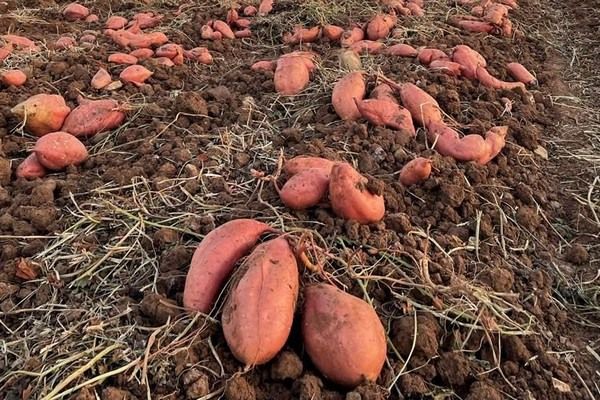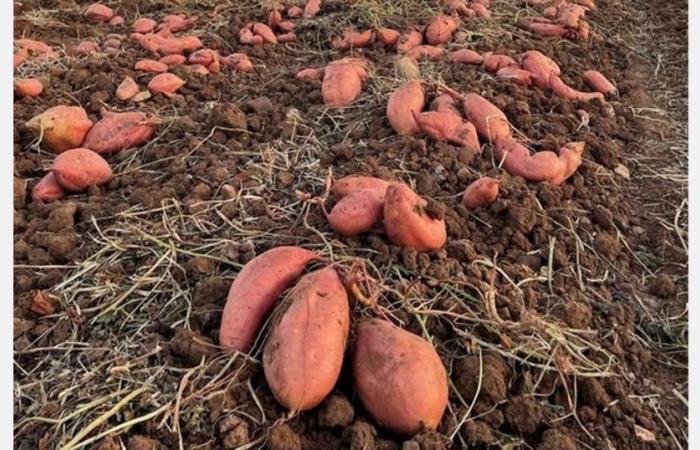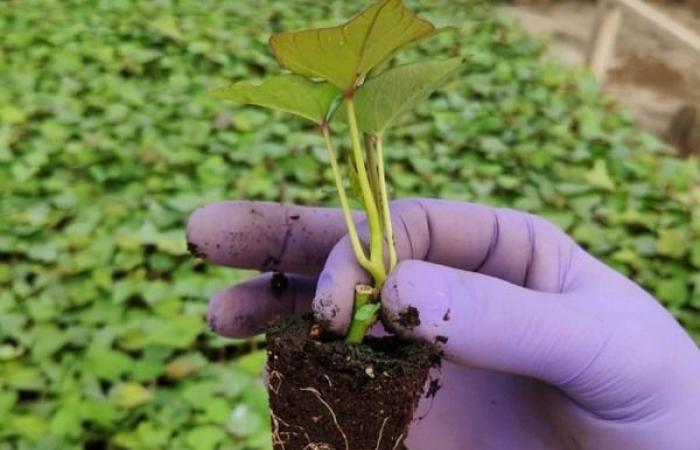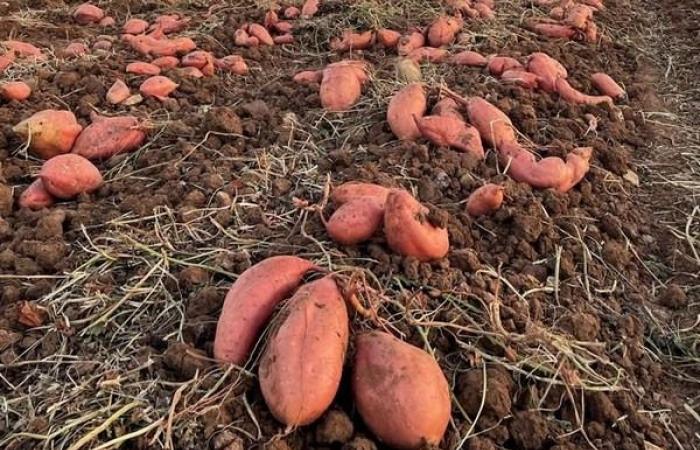The area devoted to sweet potato cultivation in Spain continues to decline sharply due to a lack of profitability, the result of high costs and Egypt’s domination of European markets. Thus, the loss of competitiveness of the sweet potato sector in Spain led to the closure of Viveros Santana, which was once one of the main producers of sweet potato plants in Europe.
“In the last two years alone, the area planted with sweet potatoes in Spain has decreased by around 60%,” points out Francisco Javier Santana, former commercial director of Viveros Santana, which recently closed its doors after more than 48 years of producing sweet potato plants and participating in innovation and production improvement projects, as well as new variety breeding programs.
“The situation in which the sweet potato sector finds itself is dramatic, both due to the shortage of water and personnel – given that it is a labor-intensive crop – that of the drop in sales volumes and profitability in the face of increasing costs. Egypt has gained a lot of ground in record time, with uncontrolled exports and at prices that are impossible to compete with,” explains Mr. Santana.
“As a result, we find ourselves with increasingly reduced European production and declining demand for seedlings, leading us to close our business which, at one time, was the largest sweet potato seedling nursery in the country. Europe, exporting to almost every corner of the world.”
“Many farmers are abandoning sweet potatoes and with such a small volume, it is no longer profitable for us to invest. No one can imagine how expensive it is to produce sweet potato plants while meeting all certifications and quality standards.”
Egyptian sweet potatoes currently dominate the markets, having reached their peak production. In August, the first sweet potatoes began to be harvested in Spain, but only now are we starting to see larger volumes, as the season has been delayed due to the severe drought which prevailed at the time of planting.

“Until last spring we experienced a very dry year, so many farmers, faced with the uncertainty of whether or not they could irrigate their fields, decided not to plant. However, at the end of April we had some rains in the south of Spain, which favored the restoration of water levels in the reservoirs and the reopening of irrigation allocations, which once again stimulated the demand for plants. Therefore, the Spanish sweet potato harvest is late this year, since it only started to have somewhat significant volumes at the beginning of September and is expected to reach its peak production from the month of October,” explains Francisco Javier Santana, who also produces and exports sweet potatoes.
For more information:
Francisco Javier Santana
Such. : +34 637 566 441








